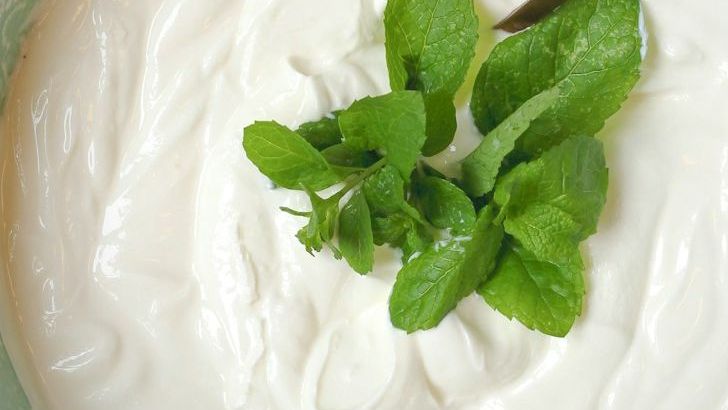10 Magnesium-Packed Foods That Naturally Help Ease Fatigue, Experts Report
When magnesium levels drop too low, your body sends out warning signals that many people often miss – muscle weakness, persistent fatigue, and that overall sense of being drained. This essential mineral acts as a cofactor in more than 300 enzymatic reactions throughout your body, directly involved in energy metabolism and muscle contraction. Let’s dive into the magnesium powerhouses that could transform how energetic you feel every day.
Spinach – The Dark Green Energy Booster

A single cup of cooked spinach delivers an impressive 157 milligrams of magnesium, providing nearly 40 percent of your recommended daily intake. This translates to roughly 37 percent of your daily magnesium needs in just one serving, making spinach one of the most efficient ways to combat fatigue. Beyond magnesium, spinach offers iron, manganese, and vitamins A, C, and K, creating a nutrient synergy that enhances energy production at the cellular level. Whether you incorporate it into salads, smoothies, or steam it as a side dish, spinach provides an effortless way to boost your magnesium levels.
Pumpkin Seeds – The Mighty Mineral Champion

Just one ounce of pumpkin seeds packs a whopping 150 milligrams of magnesium, representing 37 percent of your daily value. These small but mighty seeds offer an incredible 156 to 168 milligrams per ounce according to various nutrition databases. These essential nutrients from pumpkin seeds can help with fatigue management when included in your diet. They’re also rich in iron, monounsaturated fats, omega-3 fatty acids, and extremely high in fiber.
Dark Chocolate – The Delicious Fatigue Fighter
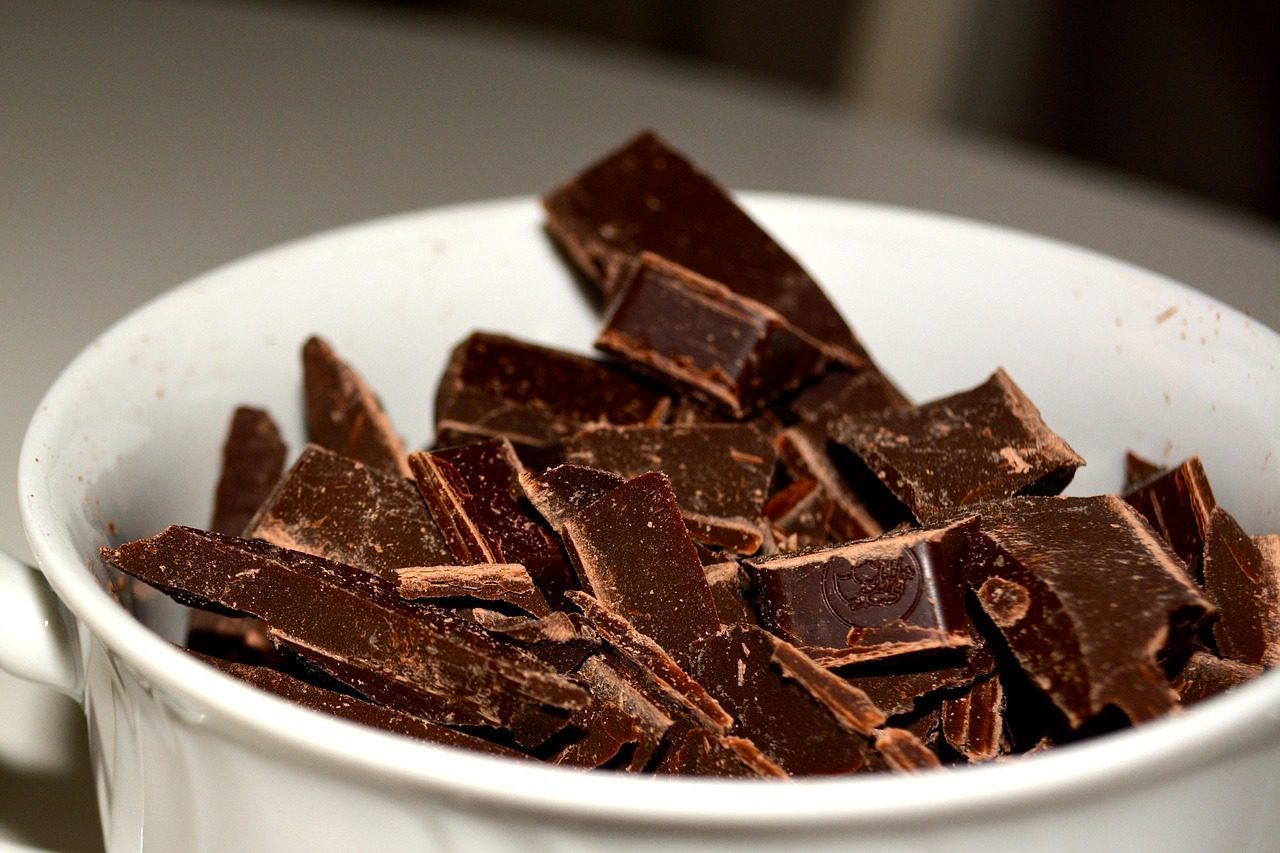
Dark chocolate containing 70 to 85 percent cocoa delivers 64 to 65 milligrams of magnesium per ounce. To maximize these benefits, choose products containing at least 70 percent cocoa solids, with higher percentages being even better. This treat is also high in iron, copper, manganese, prebiotic fiber, and loaded with beneficial antioxidants that neutralize harmful free radicals.
Almonds – The Portable Energy Source

One ounce of roasted almonds provides 80 milligrams of magnesium, roughly equivalent to 23 nuts or a quarter cup. This convenient serving size makes almonds an excellent portable snack for sustained energy throughout the day. They’re also rich in healthy fats and fiber, making them an ideal snack or salad topping that provides additional nutritional benefits.
Avocados – The Creamy Magnesium Marvel
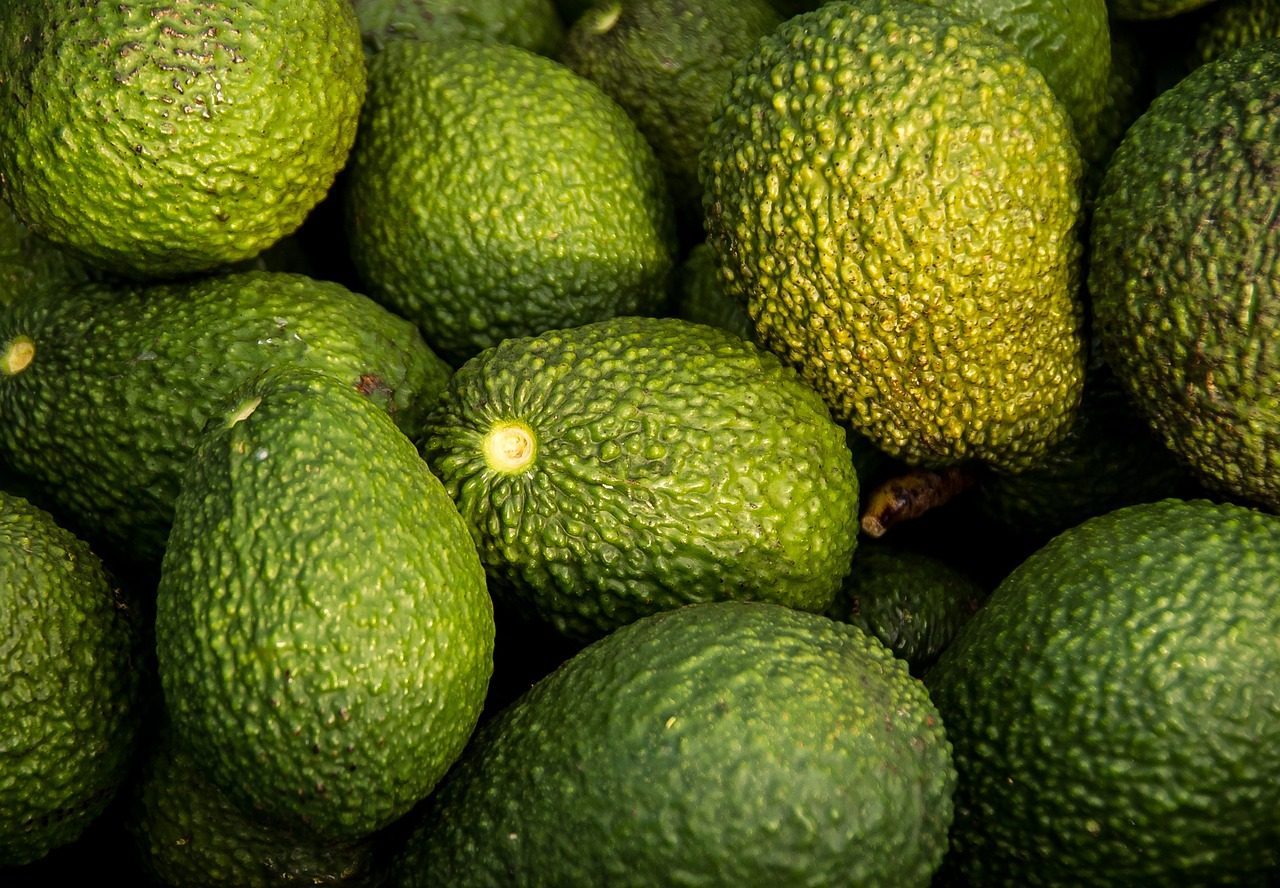
One whole avocado contains 58 milligrams of magnesium while also being high in heart-healthy monounsaturated fats. This medium-sized fruit provides roughly 14 percent of your daily magnesium requirement, making it a solid contributor to your mineral intake. Avocados are also high in potassium, B vitamins, vitamin K, and are an excellent source of fiber, with most carbs coming from fiber rather than sugars. Research has shown that eating avocados can reduce inflammation, improve cholesterol levels, and increase feelings of fullness after meals.
Black Beans – The Plant-Based Powerhouse
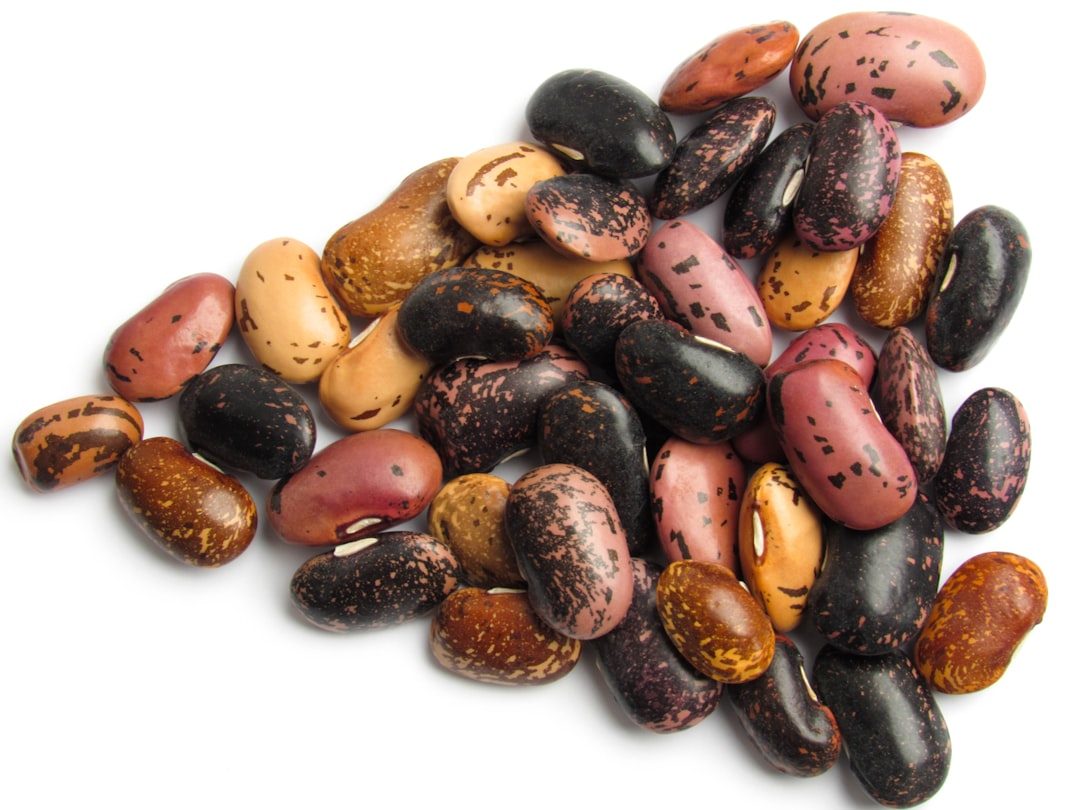
Half a cup of boiled black beans provides 60 milligrams of magnesium, while a full cup supplies 84 milligrams. You’ll also get 17 grams of fiber and 15 grams of protein from a single cup, with roughly 120 milligrams of magnesium per cup of cooked beans. Nutritionally speaking, legumes are a powerhouse on multiple levels, including their impressive magnesium content.
Quinoa – The Complete Protein Grain
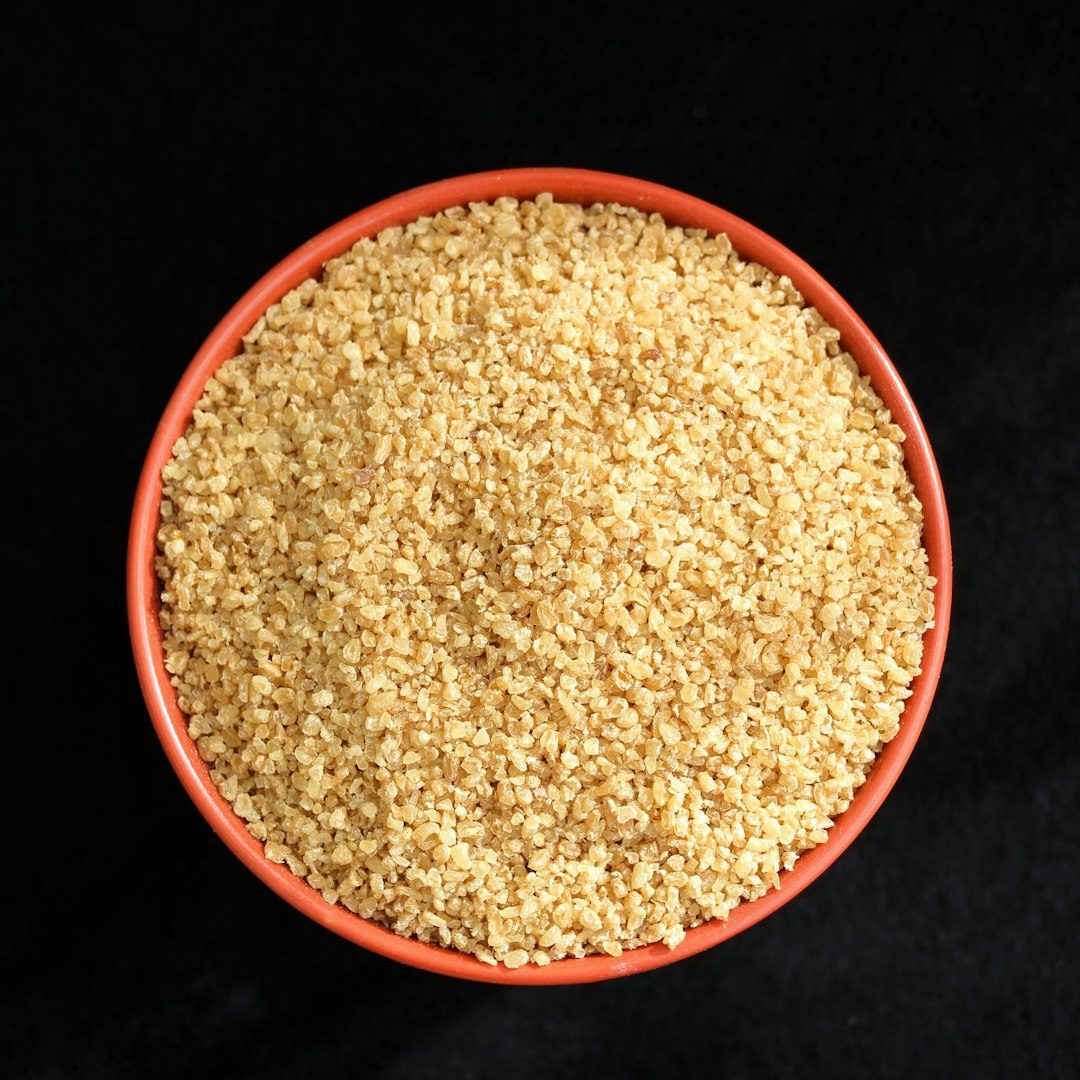
Half a cup of cooked quinoa contains 60 milligrams of magnesium, while a full cup delivers an impressive 118 milligrams. This ancient grain is also a complete protein, meaning it contains all nine essential amino acids your body needs for energy production. Its mild, nutty flavor makes it a versatile replacement for rice in salads, bowls, or as a simple side dish.
Cashews – The Creamy Energy Nut
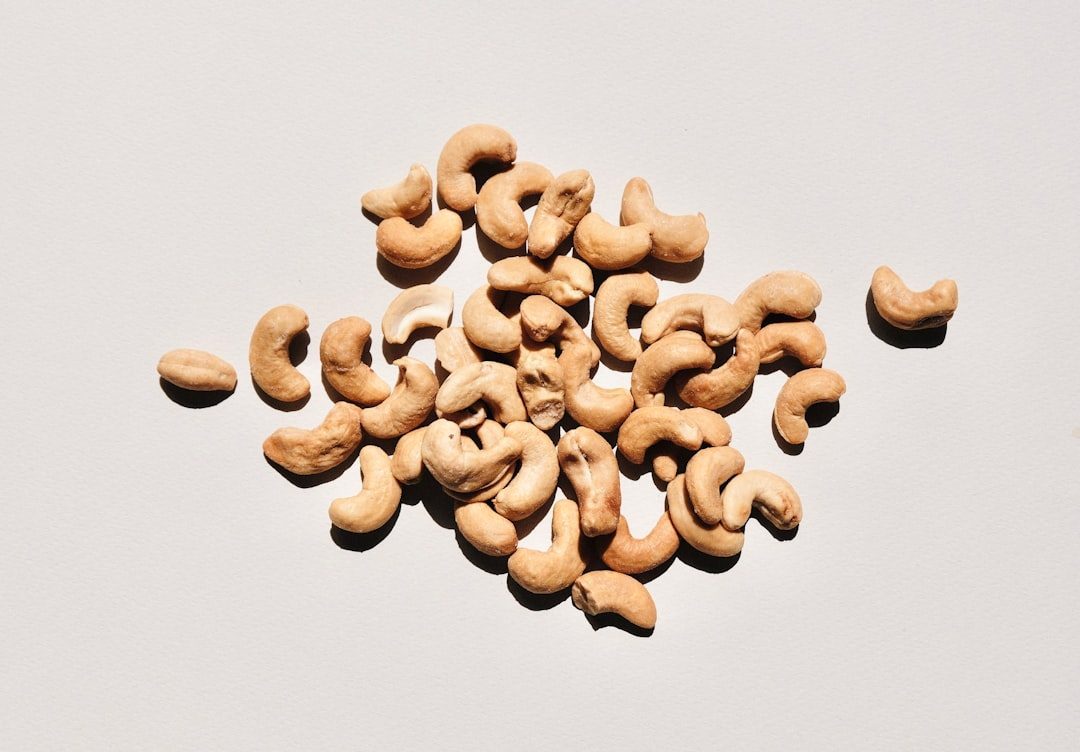
One ounce of roasted cashews provides 72 to 74 milligrams of magnesium according to nutrition databases. Two tablespoons of cashew butter delivers an even more impressive 83 milligrams of magnesium, making it perfect spread on banana slices for a magnesium-rich snack. These nuts are incredibly good sources of iron, magnesium, vitamin B6, and monounsaturated fats.
Swiss Chard – The Colorful Leaf Champion
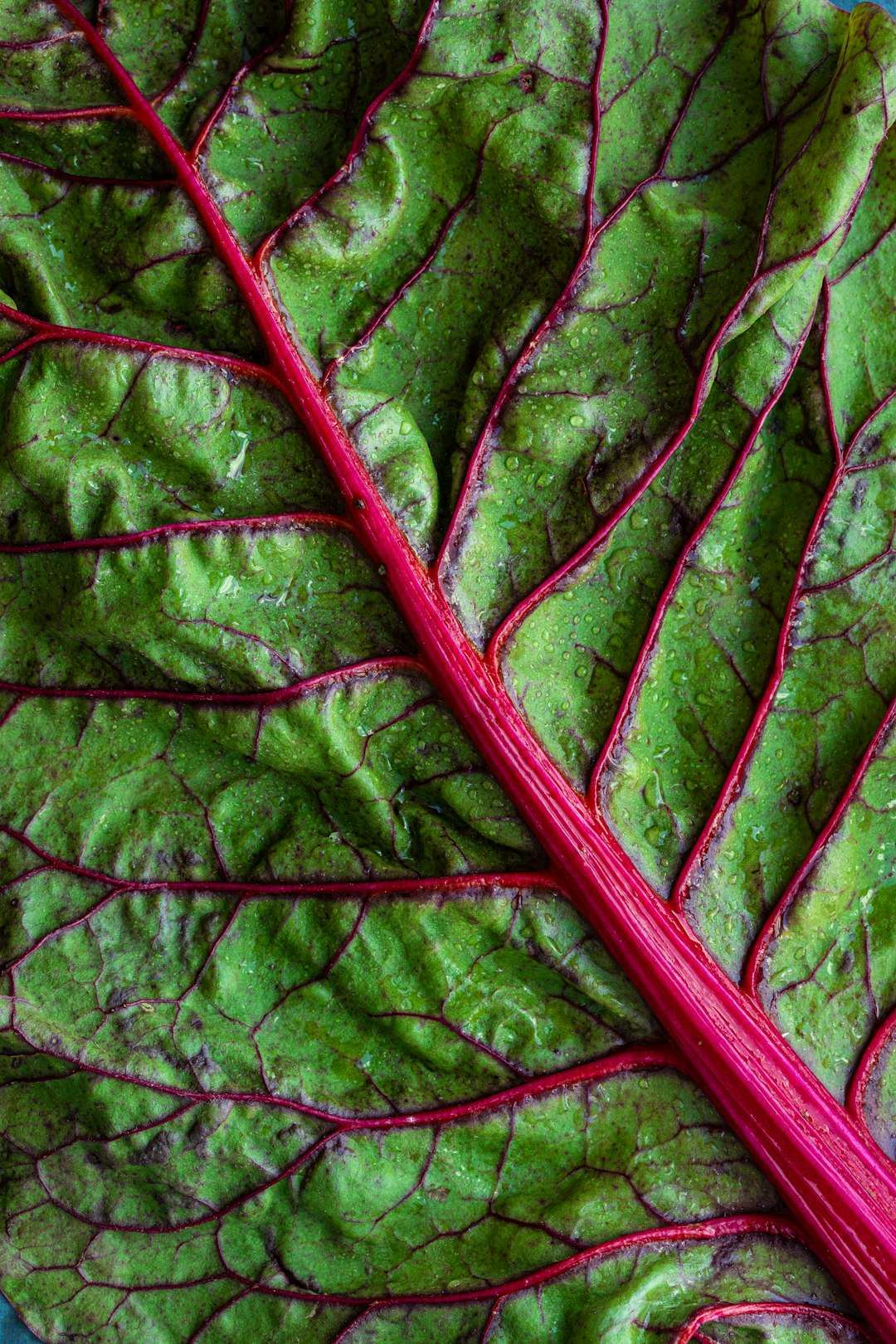
Half a cup of cooked Swiss chard provides 75 milligrams of magnesium, making it one of the most magnesium-dense leafy greens available. Swiss chard ranks especially high in magnesium among leafy greens, though spinach still leads with its whopping 157 milligrams per cup. You can steam or lightly sauté these greens to retain magnesium, as boiling can leach 20 to 30 percent into the water – use that cooking liquid in soups or sauces to recapture the nutrients.
Edamame – The Green Protein Pod
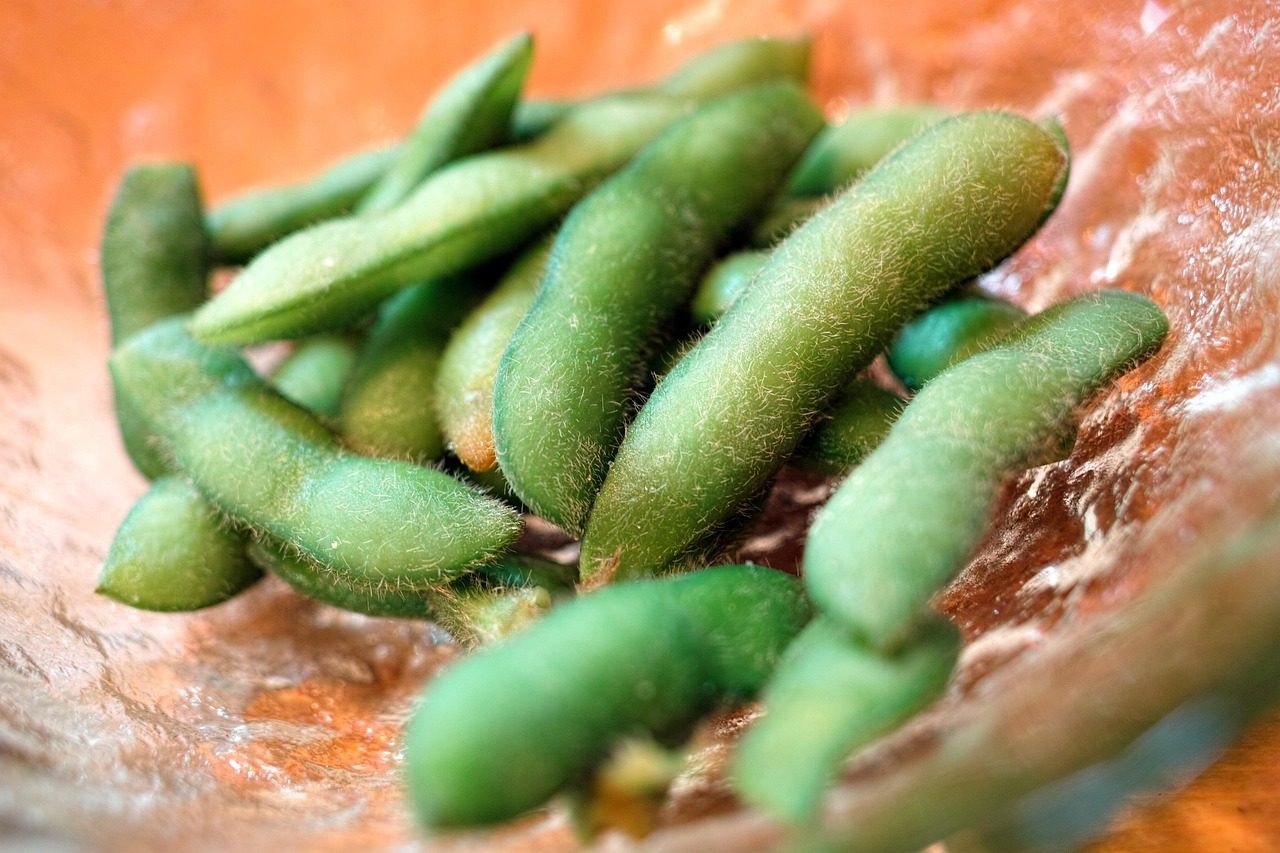
Half a cup of cooked, prepared edamame delivers 50 milligrams of magnesium. Edamame, also known as soybeans, qualifies as a superfood because it’s a great source of protein, calcium, dietary fiber, and magnesium, making a bowl of steamed edamame an easy and delicious magnesium-rich snack. This makes edamame one of the most convenient plant-based options for boosting your magnesium intake.

